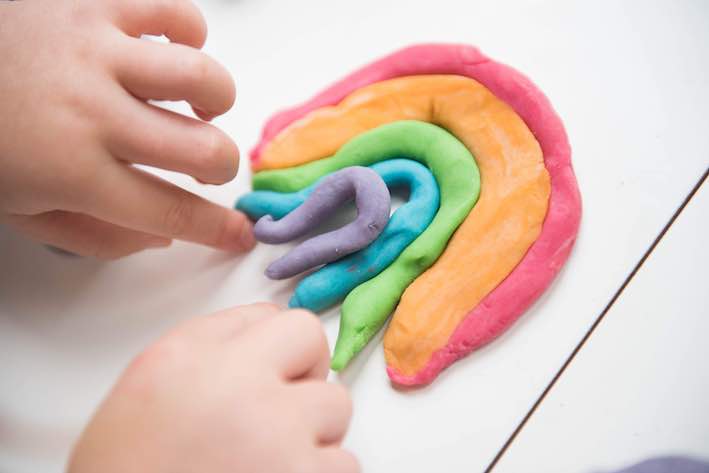
How to make your home-made sponge cake a winner!
- Sep 01, 2018
- 0 Comment(s)
Fed up of your sponges falling flat? When you try to cut them in half, are they miniscule in depth?
When size matters, many of us may end up reaching for a packet in despair, but there really is no need to. Follow our step-by-step instructions and you should end up with a really deep sponge that is soft, light and delicious.
Plan ahead
Get your oven on and hot. The shelf should be in the middle and your tins lined and ready to use.
Once your mix is ready you need to get it into the oven quickly or it will begin to lose air. Keep all ingredients at room temperature as when things are too cold, the sponge will struggle to rise.
Get beating
Sticking with the traditional creaming method is best. The all-in-one recipe may be fast but it doesn’t always end up with a well-risen sponge. Beat the butter and sugar until fluffy, trapping lots of air. A wooden spoon works well or you can use a mixer. Use a deep bowl so you can really give the ingredients a good beating.
Add eggs slowly
Beat the eggs in gradually to incorporate even more air. Tip them in too fast and you will end with a curdled mess so add a spoonful at a time. When finished, the mixture should look light and fluffy. If a disaster happens and it begins to look slimy, quickly add in a little flour to soak it up.
Flour should be folded
Do you remember your Home Economics teacher at school repeatedly saying you should ‘fold in the flour’ very carefully? This is essential and if you don’t do this with a metal spoon, your air bubble-making will have all been in vain. Sift the flour and any other dry ingredients such as cocoa powder or raising agents and cut and fold. Never overmix at this stage.
Your final mix should look like a soft batter. If your recipe asks for milk to be added, fold it in carefully after the flour. You can now spoon your mixture into the cake tins and put straight into the oven, setting the timer. Never open the oven door until the sponge has risen all over, or you will get a sunken middle. To test if it is cooked, press the top gently with your finger; if it leaves no impression, it should be ready.
You can also use a cocktail stick if you prefer, pushing it into the middle of the cake. When it comes out mainly dry, your sponge is done. Cool in the tins for ten minutes and then turn out onto a cake rack to cool.
Once you find your favourite sponge cake recipe, you can use it again and again. By adding cocoa, different fillings such as jam or cream, decorating with fruit or nuts, you can turn a plain sponge into a fancy gateau! For parties, make a couple of sponges and layer them on top of each other for an extra-large cake.
However you finish it off, your sponge cake made at home should be a splendid one!































